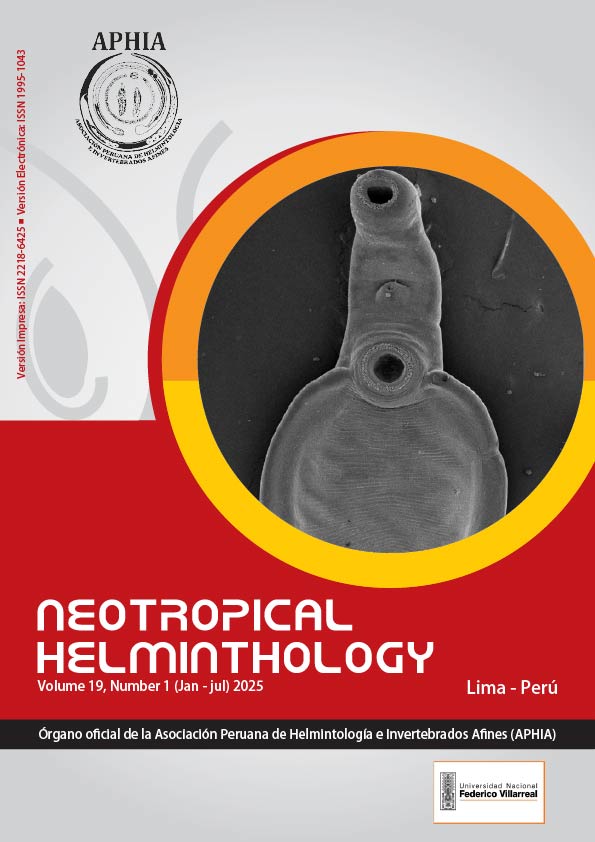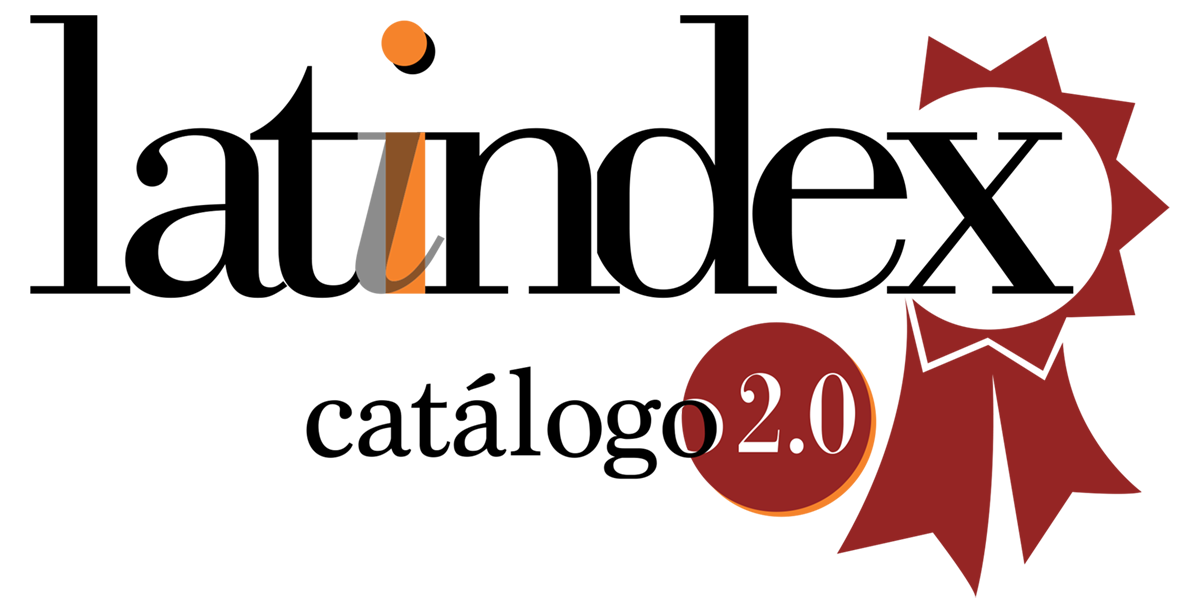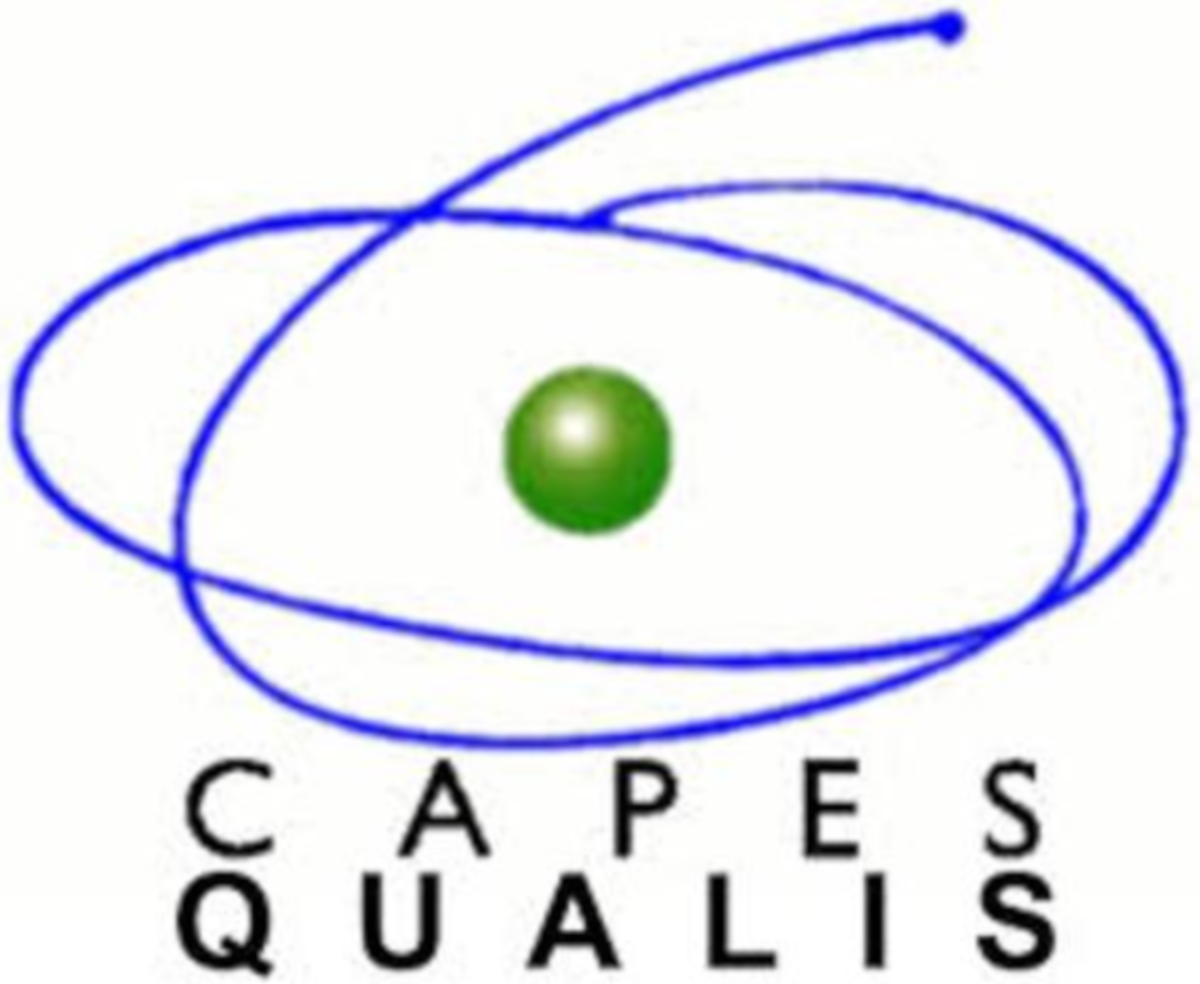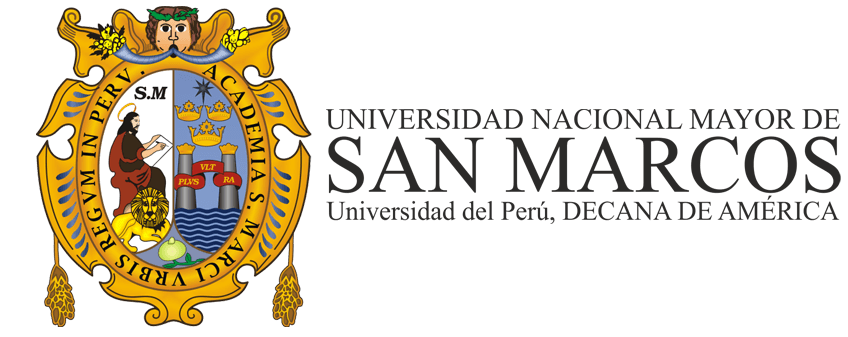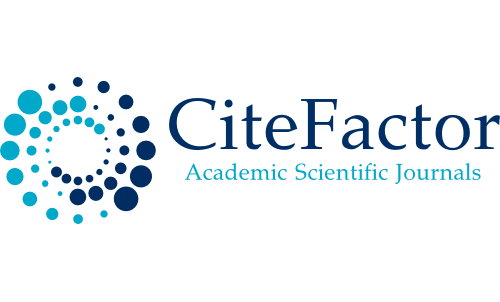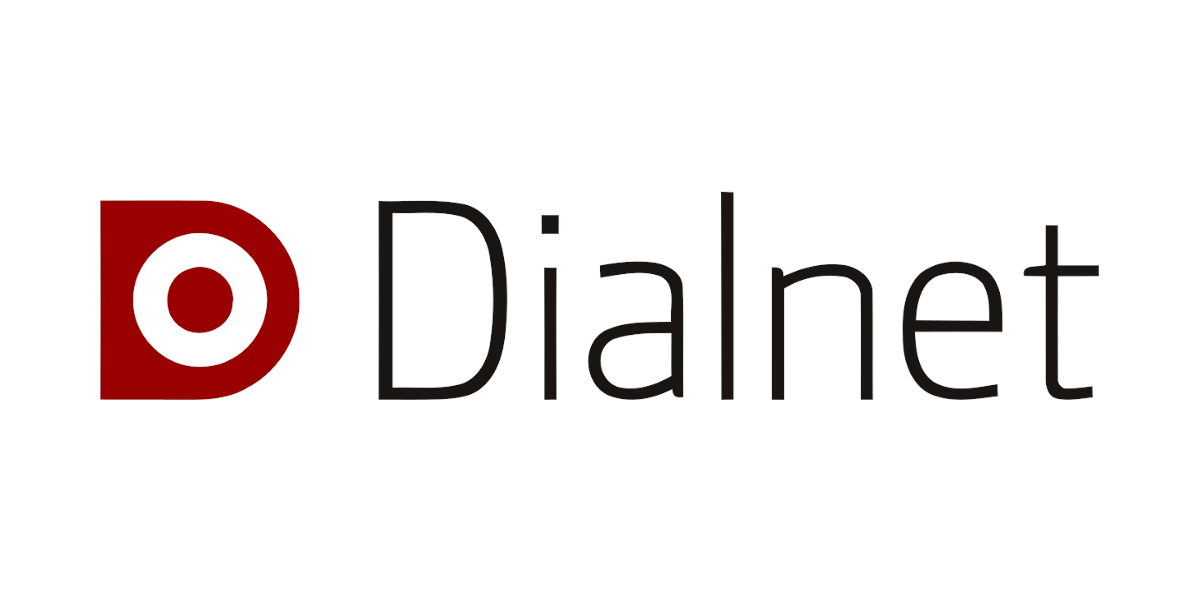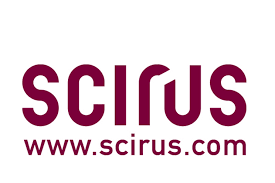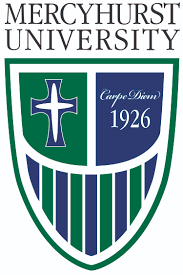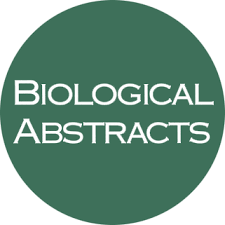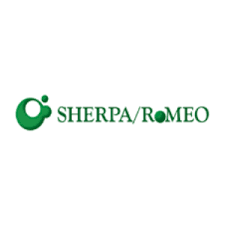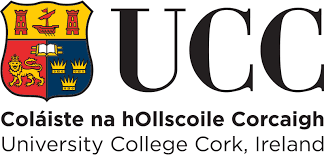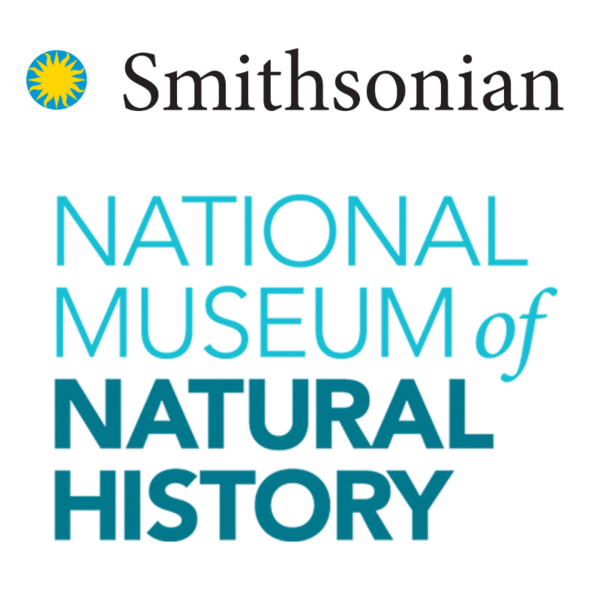Neobenedenia Cibnorensis n. Sp. (Monogenea: Capsalidae), a cryptic species infesting the skin of Seriola rivoliana valenciennes, 1833 (Perciformes: Carangidae) from la ensenada de la paz, baja California Sur, Mexico
DOI:
https://doi.org/10.62429/rnh20251922018Keywords:
cryptic species, morphometric analysis, Neobenedenia cibnorensis n. sp., phylogeny, Seriola rivoliana, species delimitationAbstract
Ectoparasites of the genus Neobenedenia Yamaguti, 1963, are responsible for causing mortality within aquaculture systems. Given their pronounced morphological resemblance, the identification of Neobenedenia species based on phenotypic characteristics poses significant challenges. Thus, molecular techniques are used to complement discrimination between species with very limited morphological variation, such as Neobenedenia melleni (MacCallum, 1927) Yamaguti 1963 and N. girellae (Hargis, 1955) Yamaguti, 1963. Molecular markers can enhance the ability to describe biological diversity and understand the biogeography of these species. The gulf of California has traditionally hindered the exchange of genes for various species with different life histories. In this study, Neobenedenia specimens were collected from wild and captive Seriola rivoliana Valenciennes, 1833, at four locations within the gulf of California. Partial sequences of the 28S rDNA and Cytochrome b (Cytb) genes revealed genetic divergence among the specimens. Cytb analysis showed that specimens from cultured S. rivoliana at La Ensenada de La Paz are genetically distinct from N. girellae found in other Pacific Ocean localities. Principal Component Analysis (PCA) also revealed morphometric differences, supporting the recognition of these specimens as a new species, Neobenedenia cibnorensis n. sp. These findings highlight the presence of at least two distinct Neobenedenia species infecting wild and captive S. rivoliana populations within the gulf of California. The integration of molecular and morphometric analyses was key to the accurate identification of these cryptic species and has implications for parasite management and biosecurity in Seriola Cuvier 1816, aquaculture in the region.
Downloads
Downloads
Published
How to Cite
Issue
Section
License

This work is licensed under a Creative Commons Attribution-NonCommercial-NoDerivatives 4.0 International License.
OBJETO: El AUTOR-CEDENTE transfiere de manera TOTAL Y SIN LIMITACIÓN alguna al CESIONARIO los derechos patrimoniales que le corresponden sobre la (s) obra(s) tituladas: xxxxxxxxxxxxxxxx, por el tiempo que establezca la ley internacional. En virtud de lo anterior, se entiende que el CESIONARIO adquiere el derecho de reproducción en todas sus modalidades, incluso para inclusión audiovisual; el derecho de transformación o adaptación, comunicación pública, traducción, distribución y, en general, cualquier tipo de explotación que de las obras se pueda realizar por cualquier medio conocido o por conocer en el territorio nacional o internacional.
REMUNERACIÓN: La cesión de los derechos patrimoniales de autor que mediante este contrato se hace será a título gratuito.
CONDICIONES Y LEGITIMIDAD DE LOS DERECHOS: El AUTOR-CEDENTE garantiza que es propietario integral de los derechos de explotación de la(s) obra(s) y en consecuencia garantiza que puede contratar y transferir los derechos aquí cedidos sin ningún tipo de limitación por no tener ningún tipo de gravamen, limitación o disposición. En todo caso, responderá por cualquier reclamo que en materia de derecho de autor se pueda presentar, exonerando de cualquier responsabilidad al CESIONARIO.
LICENCIA DE ACCESO ABIERTO: El AUTOR-CEDENTE autoriza que manuscrito publicado en La Revista Neotropical Helminthology permanece disponible para su consulta pública en el sitio web https://www.neotropicalhelminthology.com/ y en los diferentes sistemas de indexación y bases de datos en las que la revista tiene visibilidad, bajo la licencia Creative Commons, en la modalidad Reconocimiento-No comercial- Sin Trabajos derivados –aprobada en Perú, y por lo tanto son de acceso abierto. De ahí que los autores dan, sin derecho a retribución económica, a la Asociación Peruana de Helmintología e Invertebrados Afines (APHIA), los derechos de autor para la edición y reproducción a través de diferentes medios de difusión.

